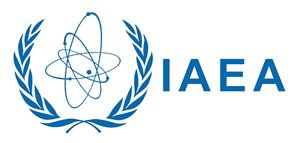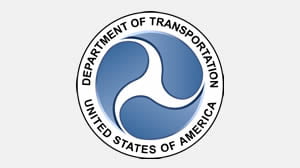RSS feed source: National Science Foundation
Synopsis
The Tribal Colleges and Universities Program (TCUP) provides awards to federally recognized1 Tribal Colleges and Universities, Alaska Native-serving institutions, and Native Hawaiian-serving institutions to promote high quality science (including sociology, psychology, anthropology, linguistics, economics and bioeconomics, statistics, and other social and behavioral sciences; natural sciences; computer science, including, but not limited to, artificial intelligence, quantum information science, and cybersecurity), technology, engineering and mathematics (STEM), STEM education, research, and outreach. Support is available to TCUP-eligible institutions (see the Additional Eligibility subsection of Section IV of this solicitation) for transformative capacity-building or community engagement projects through Instructional Capacity Excellence in TCUP Institutions (ICE-TI), Targeted STEM Infusion Projects (TSIP),TCUP for Secondary and Elementary Teachers in STEM (TSETS), TCU Enterprise Advancement Centers (TEA Centers), Cyberinfrastructure Health, Assistance, and Improvements (CHAI), and Preparing for TCUP Implementation (Pre-TI). Collaborations led by TCUP institutions that involve non-TCUP institutions of
Click this link to continue reading the article on the source website.


